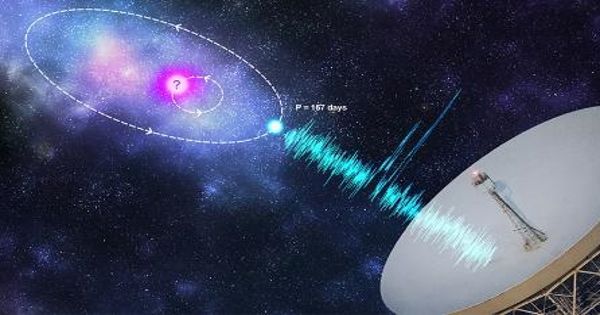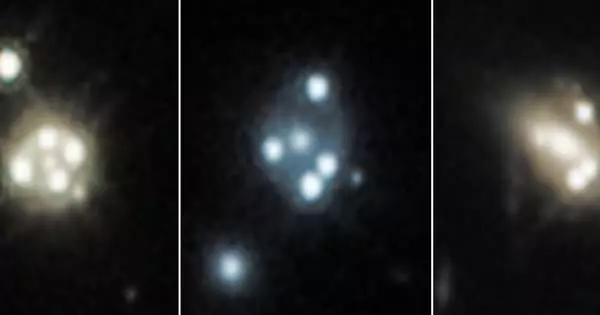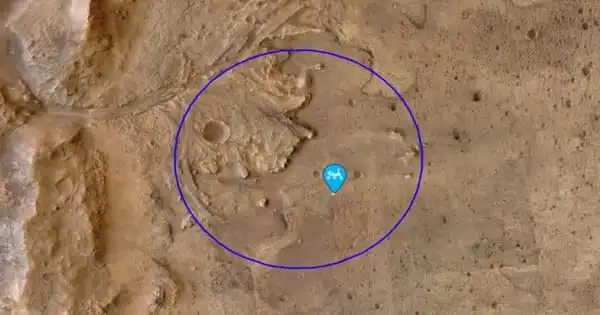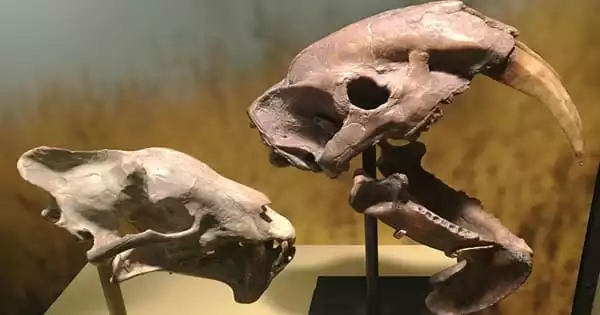According to a new statistical study of planets discovered using a technique called gravitational microlensing, Neptune-mass worlds are the most prevalent type of planet to originate in planetary systems’ cold outer regions.
The research is the first to reveal the types of planets that are likely to be discovered far from a host star, where scientists believe planets form most effectively.
“We’ve found the apparent sweet spot in the sizes of cold planets. Contrary to some theoretical predictions, we infer from current detections that the most numerous have masses similar to Neptune, and there doesn’t seem to be the expected increase in number at lower masses,” said lead scientist Daisuke Suzuki, a post-doctoral researcher at NASA’s Goddard Space Flight Center in Greenbelt, Maryland, and the University of Maryland Baltimore County.
“We conclude that Neptune-mass planets in these outer orbits are about 10 times more common than Jupiter-mass planets in Jupiter-like orbits.”
The light-bending effects of big objects predicted by Einstein’s general theory of relativity are used in gravitational microlensing. As seen from Earth, it occurs when a foreground star, the lens, aligns randomly with a distant background star, the source.
The alignment of the lensing star fluctuates over days to weeks as it moves through the galaxy, affecting the apparent brightness of the source. Astronomers can deduce the nature of the lensing star, as well as any planets it may host, from the precise pattern of these changes.
“We mainly determine the mass ratio of the planet to the host star and their separation,” said team member David Bennett, an astrophysicist at Goddard. “For about 40 percent of microlensing planets, we can determine the mass of the host star and therefore the mass of the planet.”
Microlensing has discovered more than 50 exoplanets, compared to thousands discovered using other methods, such as detecting the motion or dimming of a host star caused by the existence of planets. Astronomers must monitor millions of stars for the tell-tale brightness variations that mark a microlensing event since the requisite alignments between stars are rare and occur at random.
We’ve found the apparent sweet spot in the sizes of cold planets. Contrary to some theoretical predictions, we infer from current detections that the most numerous have masses similar to Neptune, and there doesn’t seem to be the expected increase in number at lower masses.
Daisuke Suzuki
Microlensing, on the other hand, has a lot of promise. It can detect planets hundreds of times farther away than most other approaches, letting astronomers to study a large portion of our galaxy.
The method can identify exoplanets with smaller masses and farther distances from their host stars, and it’s sensitive enough to find planets that aren’t bound to stars and are wandering around the galaxy on their own.
With over 2,500 verified discoveries to date, NASA’s Kepler and K2 missions have been extremely successful in identifying planets that dim their host stars. This approach is sensitive to planets that are close by, but not to planets that are farther away. Microlensing surveys are useful for examining the farthest reaches of planetary systems, but they are less sensitive to planets closer to their stars.
“Combining microlensing with other techniques provides us with a clearer overall picture of the planetary content of our galaxy,” said team member Takahiro Sumi at Osaka University in Japan.
The Microlensing Observations in Astrophysics (MOA) group, a cooperation of Japanese and New Zealand researchers, issued 3,300 warnings informing the astronomical community about current microlensing events between 2007 and 2012.
Suzuki’s team discovered 1,474 microlensing events, 22 of which showed obvious planetary signals. There are four planets in this group that have never been seen before.
The researchers used data from the second major microlensing project active at the time, the Optical Gravitational Lensing Experiment (OGLE), as well as additional observations from other studies geared to follow up on MOA and OGLE alerts, to analyze these events in further depth.
The researchers calculated the frequency of planets based on the mass ratio of the planet and star, as well as the distances between them, using this data.
The typical microlensing planet for a planet-hosting star with around 60% the mass of the sun is a world between 10 and 40 times the mass of Earth. Neptune, the largest planet in our solar system, has the mass of 17 Earths.
The findings suggest that beyond the so-called snow line, where water stayed frozen throughout planetary formation, cold Neptune-mass worlds are likely to be the most frequent type of planet.
The snow line is considered to have existed in the solar system at a distance of about 2.7 times Earth’s mean distance from the sun, roughly in the center of the main asteroid belt today.
A paper detailing the findings was published in The Astrophysical Journal on Dec. 13.
“Beyond the snow line, materials that were gaseous closer to the star condense into solid bodies, increasing the amount of material available to start the planet-building process,” said Suzuki. “This is where we think planetary formation was most efficient, and it’s also the region where microlensing is most sensitive.”
The Wide Field Infrared Survey Telescope (WFIRST) of NASA will conduct a comprehensive microlensing survey when it launches in the mid-2020s. It is expected to yield mass and distance calculations for thousands of planets, completing Kepler’s work and delivering the first galactic census of planetary parameters, according to astronomers.
For NASA’s Science Mission Directorate, the Ames Research Center manages the Kepler and K2 programs. The Kepler mission was developed by the Jet Propulsion Laboratory (JPL) in Pasadena, California.
The flight system is operated by Ball Aerospace & Technologies Corporation, with assistance from the University of Colorado’s Laboratory for Atmospheric and Space Physics in Boulder.
WFIRST is managed by Goddard, with contributions from JPL, the Space Telescope Science Institute in Baltimore, the Infrared Processing and Analysis Center in Pasadena, and a science team made up of researchers from across the United States.
















